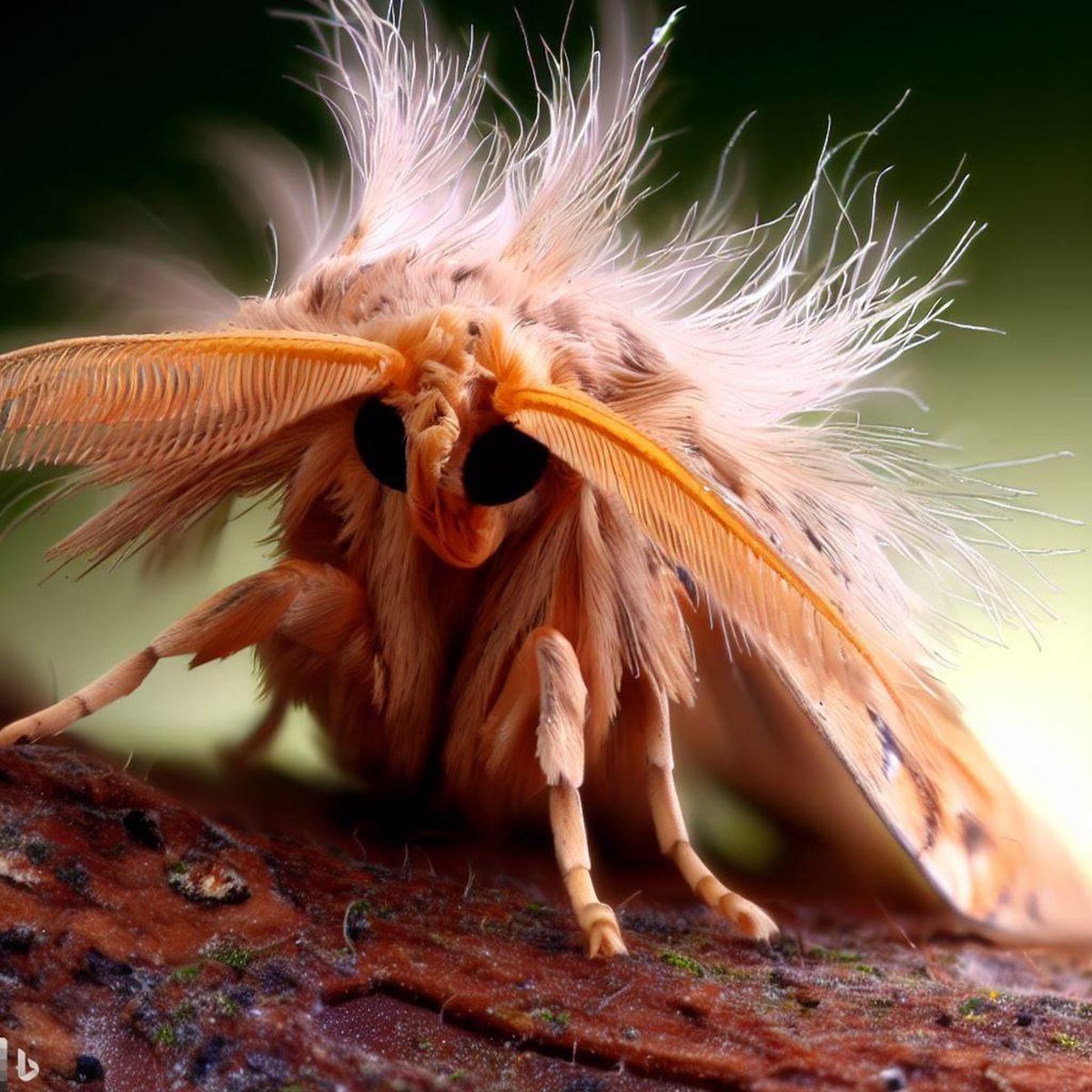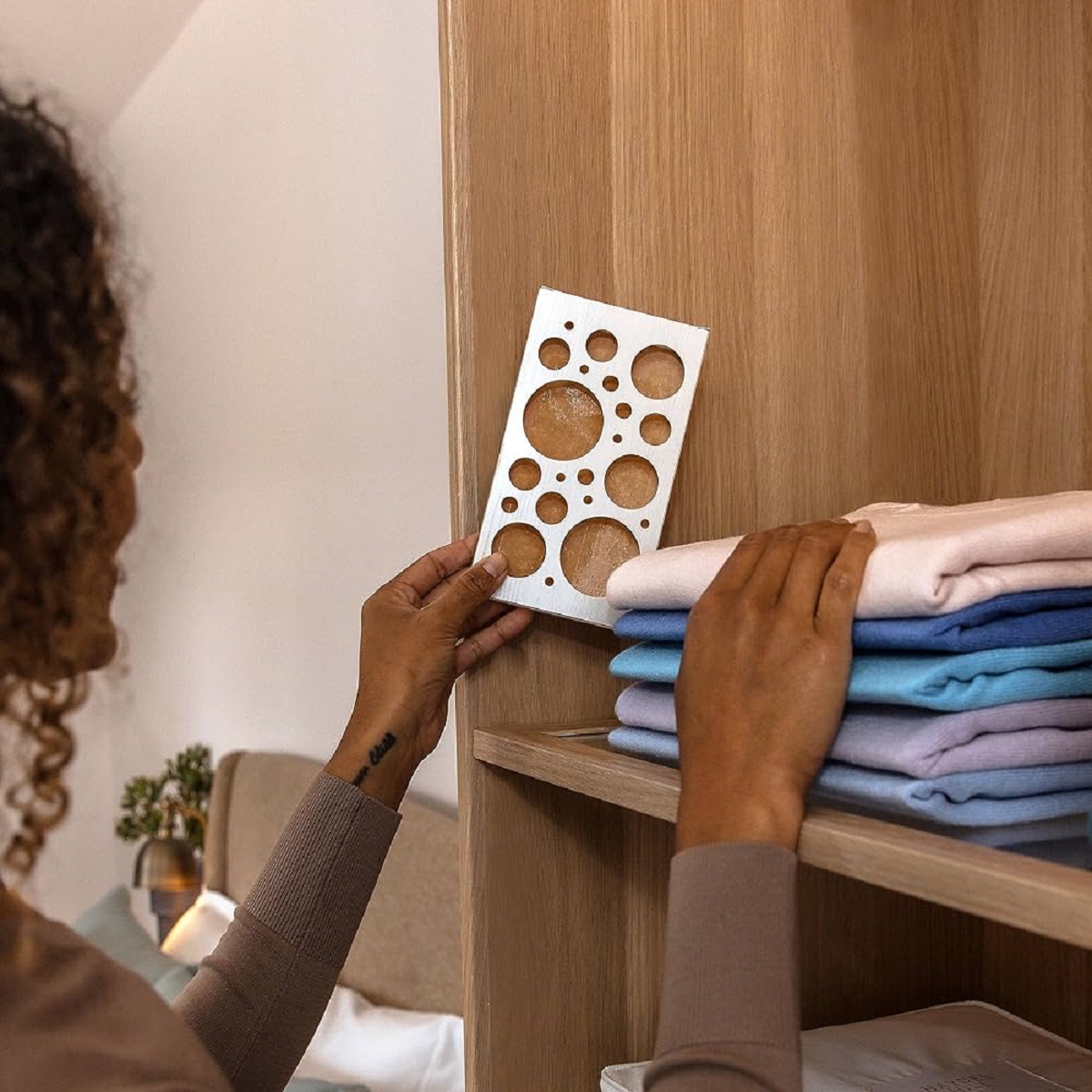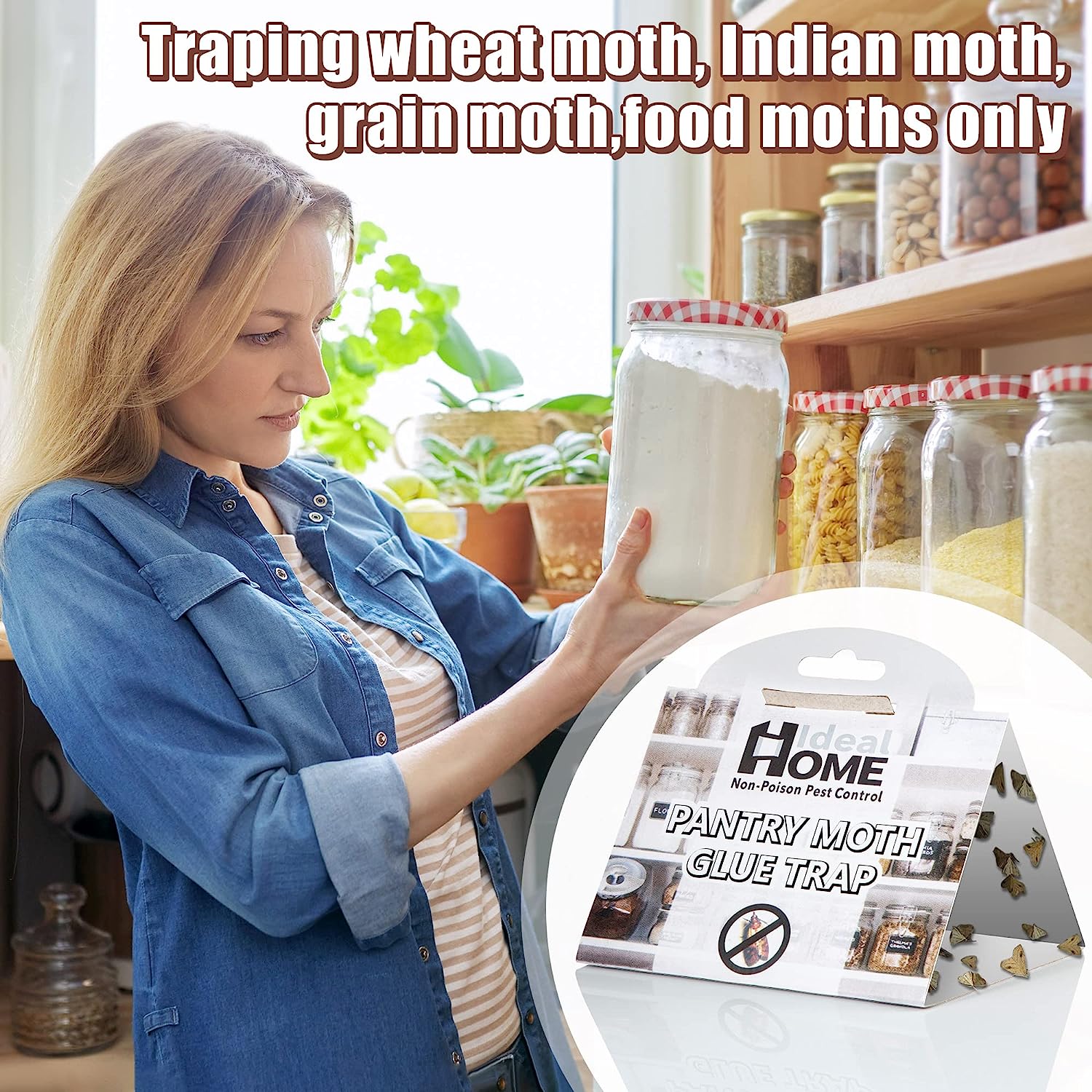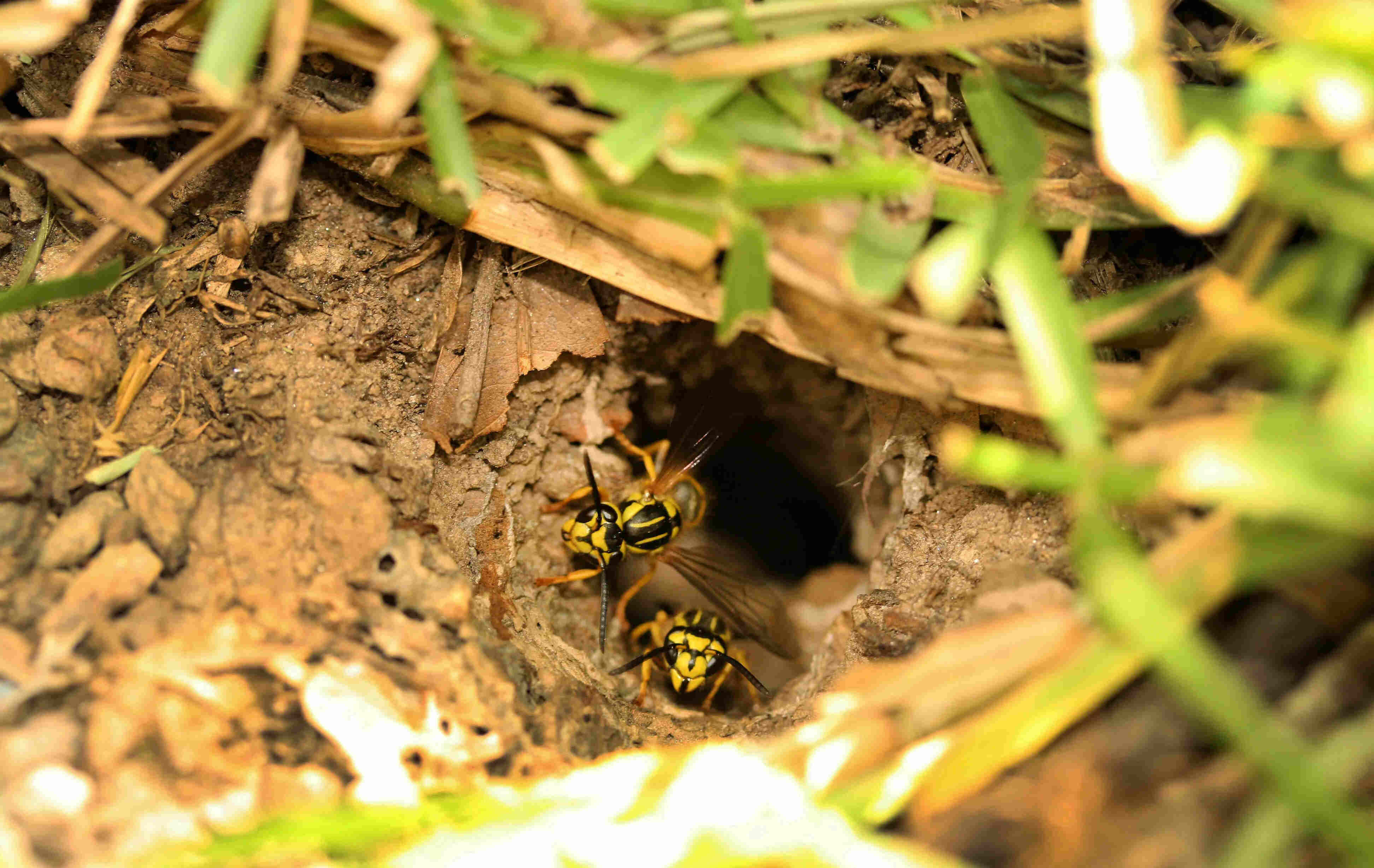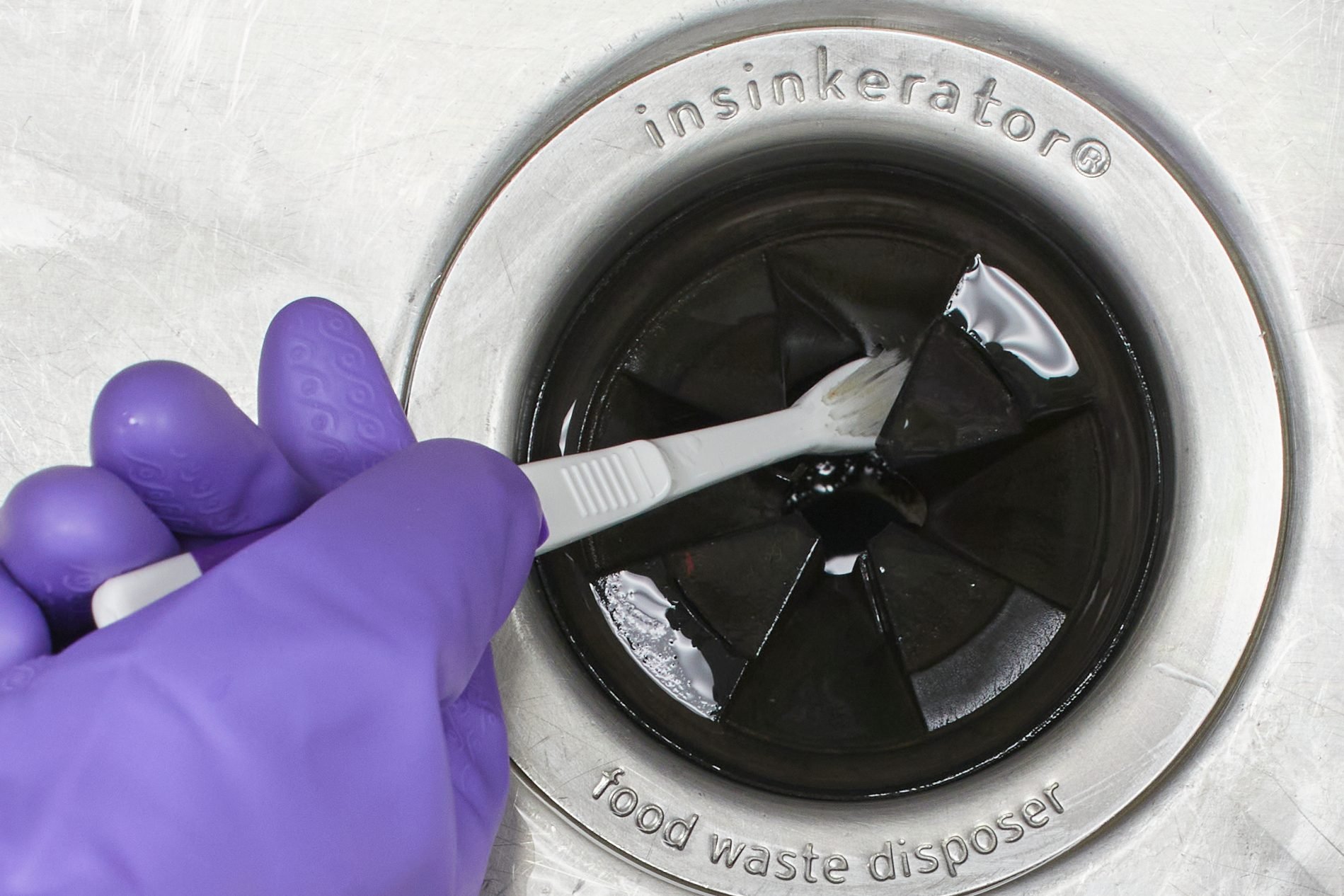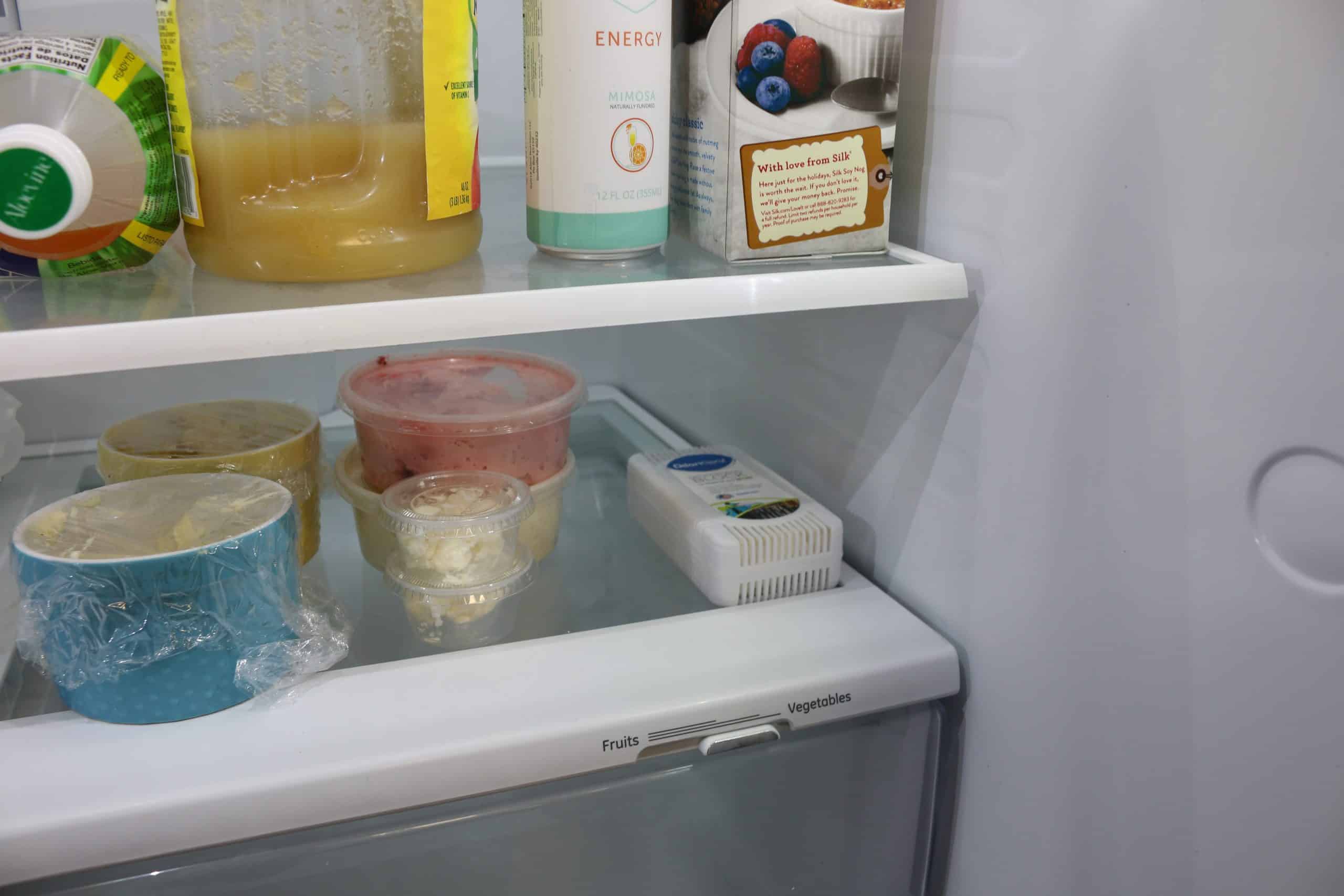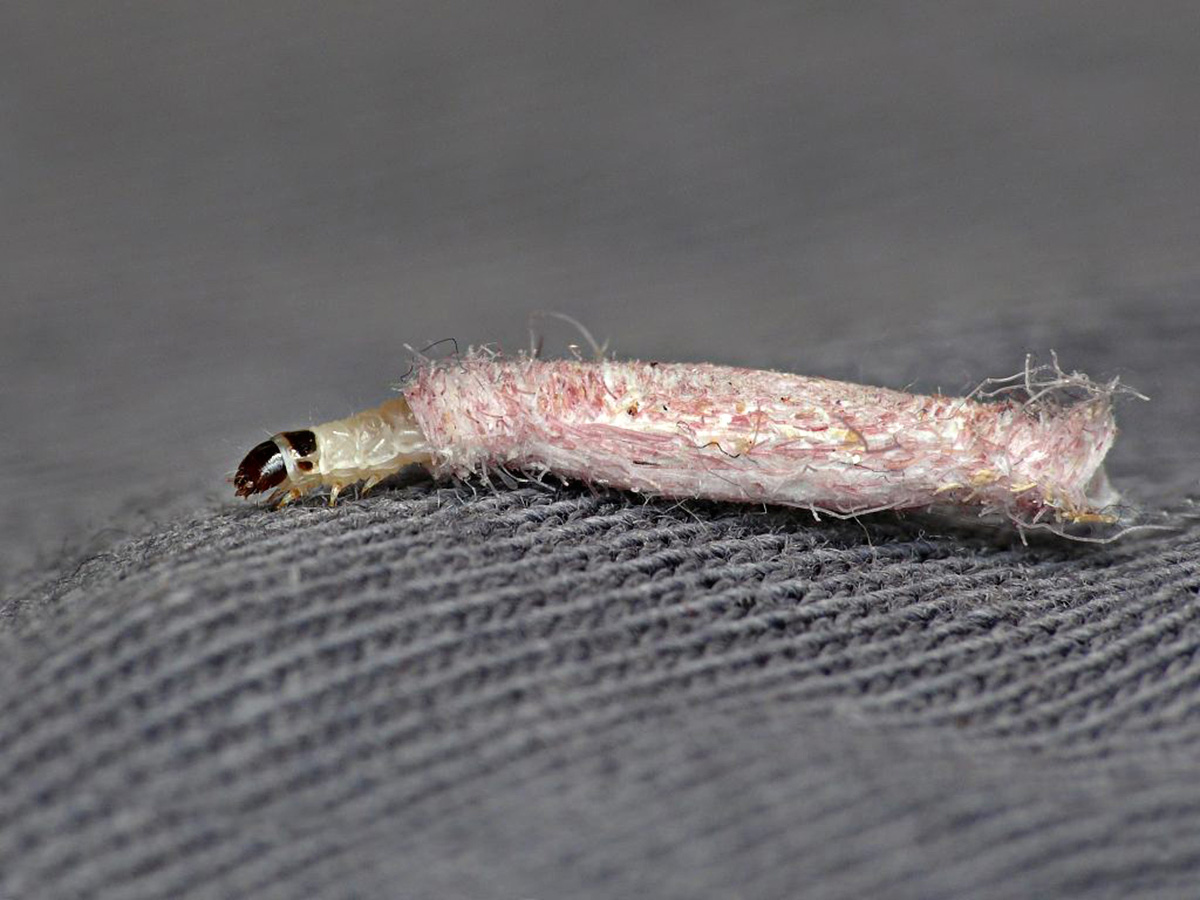

Articles
How To Eliminate Carpet Moths
Modified: October 24, 2024
Discover effective techniques and articles on how to eliminate carpet moths and keep your home moth-free. Say goodbye to those pesky pests for good!
(Many of the links in this article redirect to a specific reviewed product. Your purchase of these products through affiliate links helps to generate commission for Storables.com, at no extra cost. Learn more)
Introduction
Carpet moths can be a frustrating and persistent problem for homeowners. These tiny insects can wreak havoc on your carpets, causing damage and creating unhygienic conditions in your home. If left unchecked, a carpet moth infestation can quickly spread and become a major headache to deal with. However, with the right knowledge and prevention methods, you can effectively eliminate carpet moths and protect your carpets from future infestations.
In this article, we will explore the various ways to identify and eradicate carpet moths. We will discuss the signs of an infestation and how to prevent it from occurring in the first place. We will also delve into natural remedies and chemical treatments that can be used to eliminate carpet moths. Additionally, we will touch on the option of seeking professional help for severe infestations. Let’s dive in and learn how to combat these troublesome pests and keep our carpets moth-free!
Key Takeaways:
- Preventing carpet moth infestations through regular vacuuming, deep cleaning, and natural repellents can safeguard your carpets and minimize the risk of damage. Stay vigilant and take immediate action at the first signs of infestation.
- When dealing with severe infestations, consider natural remedies such as cleaning with vinegar and using herbal sprays before resorting to chemical treatments. Professional carpet moth removal services offer expertise, specialized treatments, and peace of mind in tackling persistent infestations.
Read more: What Causes Carpet Moths
Understanding Carpet Moths
Before we can effectively eliminate carpet moths, it’s important to understand their behavior and lifecycle. Carpet moths, also known as clothes moths or carpet beetles, are small insects that belong to the Tineidae family. The most common species of carpet moths are the webbing clothes moth and the casemaking clothes moth.
These moths are attracted to natural fibers such as wool, silk, and fur. They lay their eggs on carpets, rugs, upholstery, and clothing made from these materials. The eggs hatch into larvae, commonly known as caterpillars or woolly bears. It is the larvae that cause the most damage to your carpets as they feed on the fibers, leaving behind unsightly holes and damage.
Carpet moths prefer dark and undisturbed areas to lay their eggs, such as corners, under furniture, and along baseboards. They are also attracted to areas with high humidity, making them more common in damp environments or during the humid summer months.
These pests can be quite resilient and can survive for long periods without feeding. The larvae can hide deep within the carpet fibers, making them difficult to detect and eliminate. It’s important to act promptly at the first signs of an infestation to prevent further damage.
Now that we have a better understanding of carpet moths and their lifecycle, let’s move on to identifying the signs of a carpet moth infestation.
Signs of Carpet Moth Infestation
Identifying the signs of a carpet moth infestation is crucial in order to take appropriate action and prevent further damage. Here are some common signs to look out for:
- Holes in Carpets: One of the most obvious signs of a carpet moth infestation is the presence of small holes in your carpets. These holes are created by the moth larvae as they feed on the natural fibers. Keep an eye out for these holes, especially in areas that are less frequently used or have low foot traffic.
- Shed Skins: As the larvae grow, they shed their skins several times. These shed skins, which resemble small, translucent tubes, can often be found near infested areas. Look for these skins in hidden areas, such as under furniture or along baseboards.
- Webbing: When carpet moths are in their larvae stage, they produce silky webbing as they move and feed. This webbing can be found in corners, along the edges of carpets, and underneath furniture. If you come across any webbing, it is a clear indication of a carpet moth infestation.
- Cocoon Casings: Before they transform into adult moths, carpet moth larvae spin cocoon casings to protect themselves during the pupal stage. These cocoon casings can often be found hidden in the corners of rooms, along baseboards, or in the fibers of carpets. If you spot these casings, it’s a strong indication of an infestation.
- Insect Activity: Be observant for any signs of insect activity, such as small, flying moths or larvae crawling on carpets or furniture. Adult moths are usually more active during nighttime, so you may notice them fluttering around lights or windows. If you see any signs of insect activity, take immediate action to address the infestation.
It’s important to note that carpet moth infestations can spread quickly, so early detection is key. Regularly inspect your carpets, especially in areas that are less frequently used, and take note of any unusual signs or damage. By being vigilant, you can tackle the problem before it becomes more severe.
Now that we have identified the signs of a carpet moth infestation, let’s explore some preventive measures to stop them from entering your home in the first place.
Prevention Methods
Preventing carpet moth infestations is the best way to protect your carpets and avoid the hassle of dealing with an infestation. Here are some effective prevention methods you can implement:
- Regular Vacuuming: Vacuum your carpets and rugs regularly to remove any eggs, larvae, or adult moths that may be present. Pay close attention to corners, edges, and under furniture, as these are common hiding spots for carpet moths. Use a vacuum with a HEPA filter to ensure that all debris is effectively captured.
- Deep Cleaning: Schedule deep cleanings for your carpets at least once a year. Steam cleaning or using hot water extraction methods can help kill any moth eggs or larvae that may be embedded in the fibers.
- Proper Storage: If you have woolen or natural fiber clothing or rugs that are not in use, store them properly in airtight bags or containers. This will prevent carpet moths from accessing them and laying eggs. Additionally, make sure your storage areas are clean and dry to discourage moth activity.
- Minimize Clutter: Carpet moths thrive in areas with clutter, as it provides dark and undisturbed spaces for them to hide and lay eggs. Keep your living spaces tidy and minimize clutter to reduce potential hiding spots for carpet moths.
- Maintain a Clean Environment: Regularly dust and clean your home, paying attention to areas such as baseboards, closets, and hidden spaces. This will help remove any moth eggs or larvae that may be present and reduce the likelihood of infestation.
- Natural Repellents: Consider using natural repellents such as cedar chips, lavender sachets, or dried rosemary. These natural scents are known to repel carpet moths and can be placed in areas susceptible to infestation, such as closets and storage spaces.
- Monitor for Signs: Keep a close eye on your carpets and furniture for any signs of a carpet moth infestation. If you notice any holes, webbing, or shed skins, take immediate action to address the issue before it escalates.
By implementing these prevention methods, you can minimize the risk of a carpet moth infestation and keep your carpets in excellent condition. However, if you do find yourself dealing with an infestation, there are natural remedies and chemical treatments that can help eliminate carpet moths, which we will explore in the next sections.
Vacuum your carpets regularly and pay special attention to areas where the carpet meets the wall. This will help to remove any moth eggs or larvae and prevent an infestation.
Natural Remedies for Carpet Moths
If you prefer to use natural methods to eliminate carpet moths, there are several remedies you can try. These remedies are safe, non-toxic, and can be effective in controlling and eradicating carpet moth infestations. Here are some natural remedies to consider:
- Cleaning with Vinegar: Vinegar is a versatile and effective cleaning agent that can help get rid of carpet moths. Mix equal parts of white vinegar and water in a spray bottle and lightly mist affected areas. The strong odor of vinegar acts as a deterrent and can help repel carpet moths.
- Freezing: Carpet moth larvae are susceptible to extreme temperatures. If you have small infested items that can fit in your freezer, place them in a plastic bag and freeze them for several days. This will kill the larvae and prevent them from further infesting your belongings.
- Lavender Sachets: Carpet moths are repelled by the scent of lavender. Place dried lavender in small sachets and tuck them in areas prone to infestation, such as closets, drawers, and storage spaces. The fragrance will act as a natural deterrent.
- Citrus Peels: The strong scent of citrus peels, such as lemon or orange, can repel carpet moths. Place citrus peels in affected areas or create a homemade citrus spray by boiling citrus peels in water and using the resulting solution to mist infested areas.
- Herbal Sprays: Certain herbs, such as rosemary, mint, and thyme, have natural insect-repellent properties. Create a herbal spray by steeping these herbs in water and straining the liquid. Transfer the solution to a spray bottle and apply it to carpets, rugs, and upholstery to deter carpet moths.
- Vacuuming with Essential Oils: Add a few drops of essential oils known for their insect-repellent properties, such as cedarwood, lavender, or tea tree oil, to your vacuum bag or filter. This will help repel carpet moths and prevent them from breeding inside your vacuum.
- Frequent Sunlight Exposure: Carpet moths thrive in dark and humid environments. Give your carpets and rugs a dose of sunlight by taking them outside on a sunny day. Moths and larvae are sensitive to sunlight, and the exposure can help kill them off.
Remember, natural remedies may take time and consistent application to yield results. It’s important to be patient and persistent in your efforts to exterminate carpet moths using natural methods.
If natural remedies do not provide adequate control or if the infestation is severe, you may need to consider chemical treatments, which we will discuss in the next section.
Read more: How To Eliminate Urine Smell From A Carpet
Chemical Treatments for Carpet Moths
In cases where natural remedies are not sufficient or the carpet moth infestation is severe, chemical treatments can be an effective solution. Chemical treatments are designed to eradicate carpet moths and their larvae, providing swift and thorough elimination. Here are some common chemical treatments for carpet moths:
- Insecticidal Sprays: There are various insecticidal sprays available specifically formulated for carpet moths. These sprays contain chemicals that kill moths and their larvae upon contact. Follow the instructions carefully and spray the affected areas, focusing on corners, edges, and underneath furniture. It is essential to ensure proper ventilation during and after application.
- Insecticidal Powders: Similar to sprays, insecticidal powders can be used to treat carpet moth infestations. Apply the powder directly onto the affected areas, ensuring that it reaches deep within the carpet fibers. Leave it for a few hours or overnight to allow the powder to work, and then vacuum it thoroughly to remove any remnants.
- Foggers: Foggers are aerosol devices that release a mist of insecticidal chemicals into a room. They are useful for treating larger spaces or extensive infestations. Follow the instructions provided with the fogger carefully, ensuring that you evacuate the treated area and allow sufficient time for the chemicals to settle before reentering.
- Professional Pest Control: In severe or persistent infestations, it may be necessary to seek the assistance of professional pest control services. Pest control experts have access to stronger chemical treatments and techniques that can effectively eliminate carpet moths. They are also skilled in identifying and treating hard-to-reach infestation areas.
When using chemical treatments, it is important to prioritize safety. Read and follow all instructions provided with the product, ensuring proper ventilation and taking necessary precautions to protect yourself, your family, and pets. When using insecticidal sprays or powders, it is advisable to wear gloves and a mask to minimize exposure.
Chemical treatments can be highly effective in eliminating carpet moth infestations, but it is essential to carefully consider potential risks and benefits before use. If you are uncertain or uncomfortable using chemical treatments on your own, it is wise to consult with a professional pest control service.
Now that we have explored chemical treatments, let’s discuss the option of seeking professional carpet moth removal services in severe cases.
Professional Carpet Moth Removal
In cases of severe or persistent carpet moth infestations, it may be necessary to enlist the help of professional carpet moth removal services. Professional pest control experts have the knowledge, experience, and tools to effectively eliminate carpet moths and prevent future infestations. Here are some reasons why you may consider professional carpet moth removal:
- Expertise and Knowledge: Pest control professionals are trained in identifying different species of carpet moths, understanding their behavior, and implementing the most effective eradication methods. They can assess the extent of the infestation, determine the factors contributing to it, and develop a tailored treatment plan.
- Specialized Treatments: Professional pest control companies have access to a wide range of specialized treatments that are not available to the general public. These treatments are often more potent and can provide quicker and more thorough eradication of carpet moths.
- Preventive Measures: In addition to eliminating the existing infestation, professional carpet moth removal services can offer guidance on preventive measures to avoid future infestations. They can advise on proper storage methods, regular maintenance practices, and other preventative steps to safeguard your carpets.
- Targeted Application: Pest control experts have the expertise to apply treatments in a targeted manner, ensuring that the chemicals are safely and effectively distributed to the infested areas. They can effectively treat hard-to-reach spots and areas that may be challenging for homeowners to access.
- Peace of Mind: Dealing with a severe carpet moth infestation can be stressful and overwhelming. By hiring professionals, you can have peace of mind knowing that trained experts are handling the problem. They can provide thorough and efficient removal, helping restore a clean and moth-free environment in your home.
When considering professional carpet moth removal services, it is important to choose a reputable and experienced company. Look for licensed and insured professionals who have a track record of successful pest control services. It is also helpful to read reviews and ask for recommendations from friends, family, or neighbors who have dealt with similar infestations.
Remember, professional services come at a cost, so it is important to weigh the severity of the infestation, potential damage to your carpets, and your budget when making a decision. In some cases, the investment in professional services can save you time, effort, and further damage in the long run.
Now that we have explored professional carpet moth removal, let’s conclude our discussion.
Conclusion
Dealing with carpet moth infestations can be a frustrating and challenging task. However, with the right knowledge and preventive measures, you can effectively eliminate carpet moths and safeguard your carpets from future infestations.
We began by understanding the behavior and lifecycle of carpet moths, recognizing the signs of an infestation, and then explored various prevention methods to stop them from entering our homes. Regular vacuuming, deep cleaning, proper storage, and maintaining a clean environment are all essential in preventing carpet moth infestations.
We then delved into natural remedies for those who prefer non-toxic solutions. Cleaning with vinegar, freezing infested items, using lavender sachets, and citrus peels are some of the natural methods that can repel and eliminate carpet moths. These remedies might require patience and consistent application but can be effective in controling infestations.
If natural remedies do not yield the desired results or the infestation is severe, chemical treatments can be considered. Insecticidal sprays, powders, and foggers can quickly and thoroughly eliminate carpet moths. However, caution must be exercised when using chemical treatments to ensure proper ventilation and safety precautions.
In cases of severe infestations, professional carpet moth removal services can provide expertise, specialized treatments, and peace of mind. Pest control experts not only eradicate carpet moths but also offer guidance on preventive measures to avoid future infestations.
In conclusion, by implementing preventive measures, using natural remedies, considering chemical treatments, or seeking professional help when necessary, you can combat carpet moth infestations effectively. Remember to be proactive, vigilant, and take immediate action at the first signs of an infestation. With patience and persistence, you can protect your carpets and create a moth-free living environment.
Now that you've mastered dealing with carpet moths, why not tackle other nuisances and chores around your home? If pantry pests are bugging you, learn from pest control experts how to send them packing. For those keen on keeping their living spaces in top shape, discover vital home maintenance routines that every homeowner should follow. And don't forget about your kitchen appliances; pick up some handy cleaning tips to refresh your refrigerator inside and out!
Frequently Asked Questions about How To Eliminate Carpet Moths
Was this page helpful?
At Storables.com, we guarantee accurate and reliable information. Our content, validated by Expert Board Contributors, is crafted following stringent Editorial Policies. We're committed to providing you with well-researched, expert-backed insights for all your informational needs.

